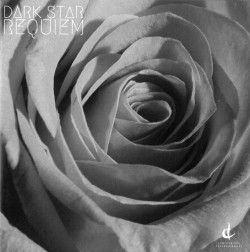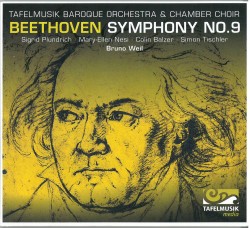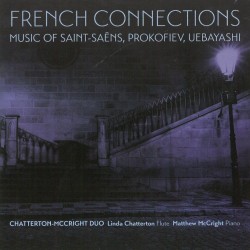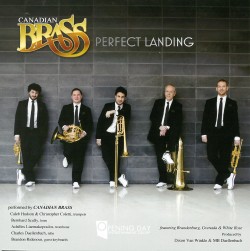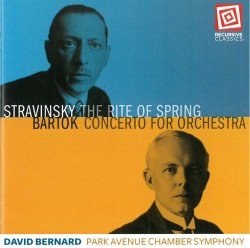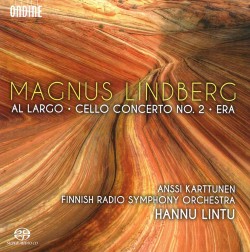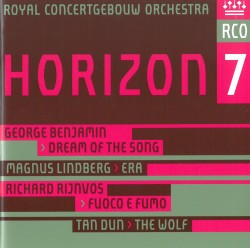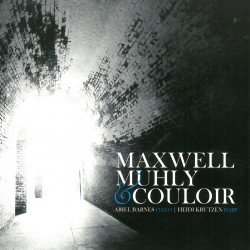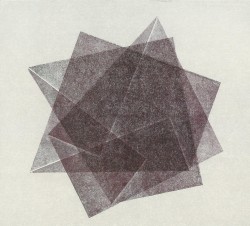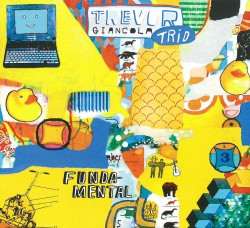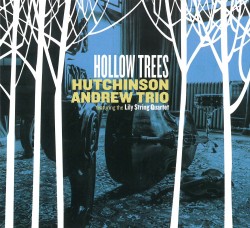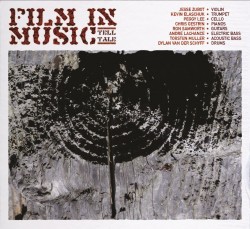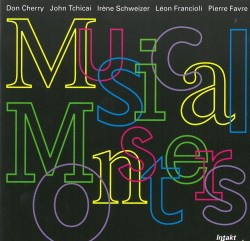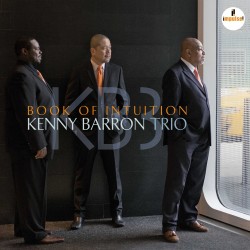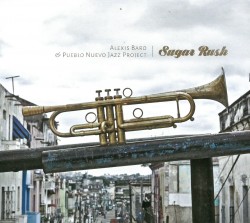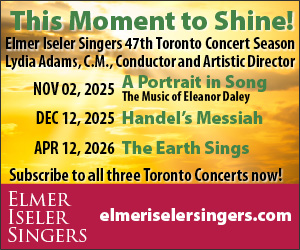Britten: The Rape of Lucretia (Glyndebourne) - Rice; Clayton; Royal; Rock; Rose; London Philharmonic Orchestra; Leo Hussain
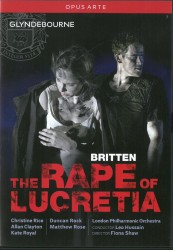 Britten – The Rape of Lucretia (Glyndebourne)
Britten – The Rape of Lucretia (Glyndebourne)
Rice; Clayton; Royal; Rock; Rose; London Philharmonic Orchestra; Leo Hussain
Opus Arte OA 11219 D
Around 510 BC, Tarquinius, son of the Etruscan king of Rome, raped the Roman aristocrat Lucretia. The rape, and Lucretia’s honour-driven suicide, precipitated the rebellion that toppled the monarchy, launching the Roman Republic. So goes the legend, perhaps historically based, recorded in much later Roman annals and subsequently re-interpreted in poetry, paintings, plays and, in 1946, Britten’s first chamber opera, with eight vocalists and only 13 instrumentalists.
This 2015 Glyndebourne production won rave reviews from the British press, and no wonder. The singers are all vocally and dramatically terrific and the staging stark, powerful and moving. The innovative staging by director Fiona Shaw and set designer Michael Levine presents a military tent and archaeological site, darkly lit, in which the ancient events take place.
Shaw introduces two silent extras: Lucretia’s young daughter and a warcamp slave-prostitute. Most surprisingly, she has the Male and Female Chorus, as modern archaeologists, not only comment about the action, but in time-warp fashion, actually get physically involved with it! I usually deplore such deviations but here, they respect the spirit of Ronald Duncan’s libretto, while enhancing the very visceral dramatic impact.
Duncan’s libretto provides the opera’s only weakness, an epilogue sung by the Male and Female Chorus, replete with Christian religiosity, quite extraneous to the tragedy that has just unfolded. Extras include commentary by director Shaw, a brief documentary about the opera’s 1946 Glyndebourne premiere and a cast gallery.
Intensely gripping, strongly recommended.


